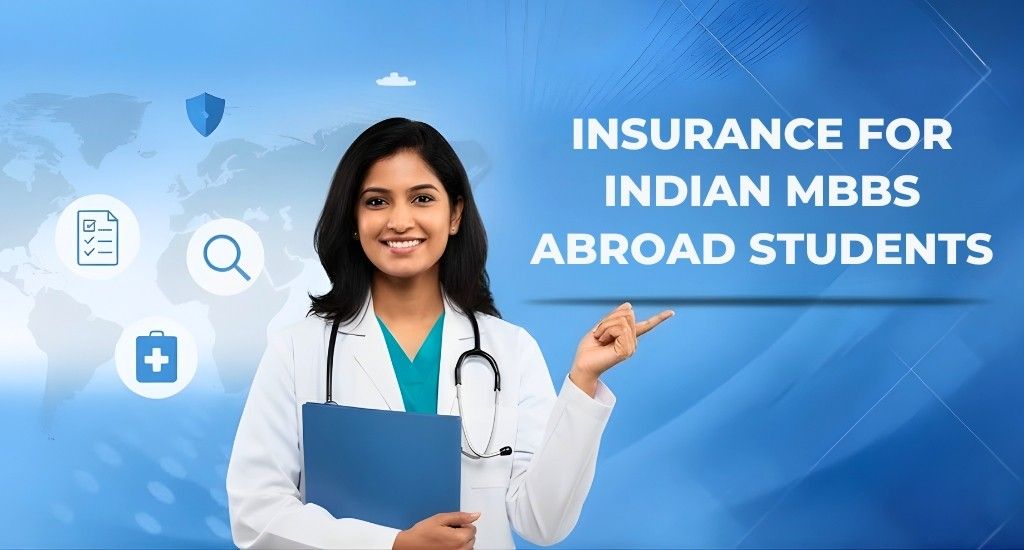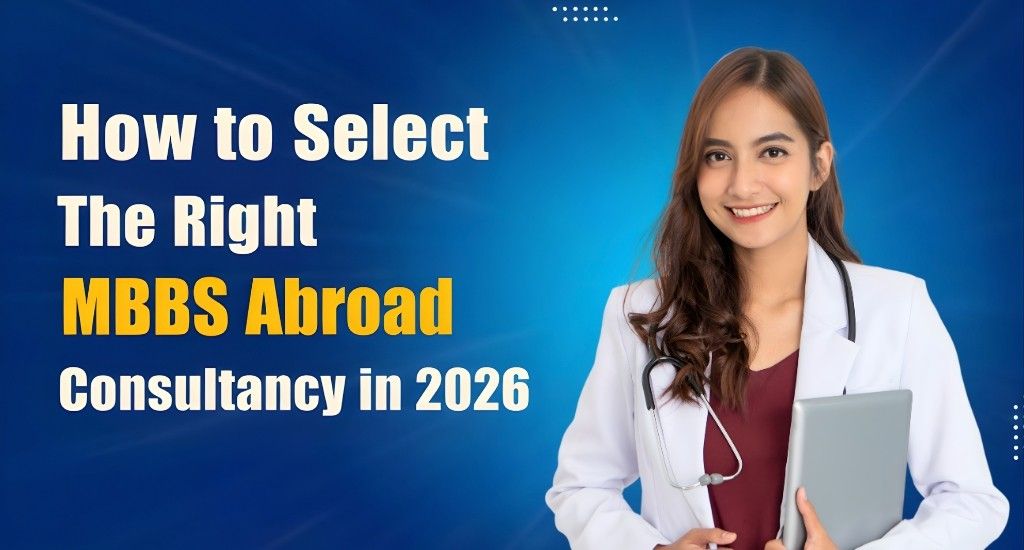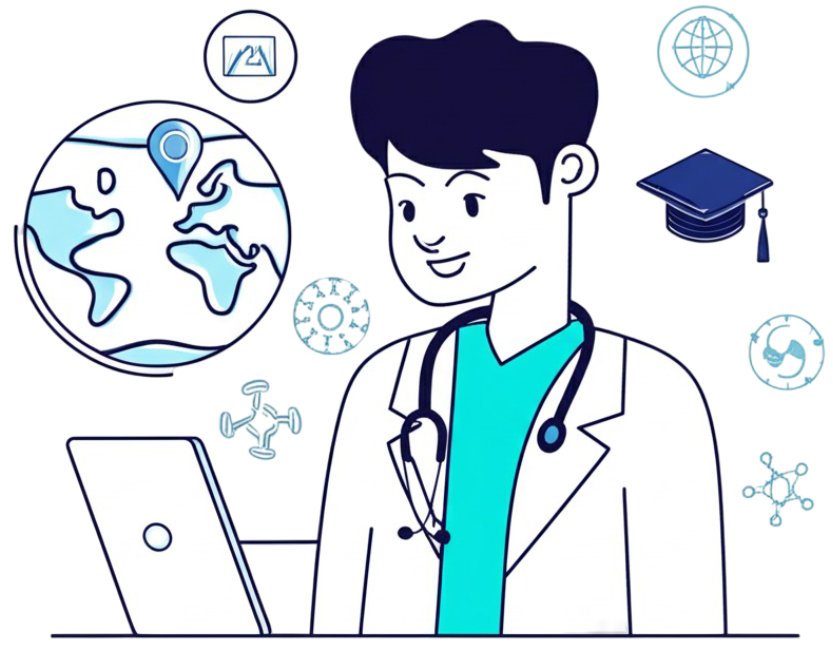The Environment of Digital Learning
Learning through Simulation and Virtual Reality
Personalized Learning and Artificial Intelligence
Digital Clinical Skills
Accessibility and Mobile Learning
Mobile and laptop have been a huge change in the education field, due to this, now any student can study any lecture or any topic in detail anywhere.
The Revolution in Assessment and Evaluation
Challenges and Considerations
- Accessibility Concerns and the Digital Divide
- Training and Adaptation for Faculty
- Technical Infrastructure and Maintenance
- Absence of Human Touch in Healthcare Standardisation
- Quality Control in training
- Data Security and Privacy issues
Conclusion
Digital literacy we have got a lot of benefits this also, because of digitalization, we can read and understand any topic or any single topic anywhere digitally. And its biggest advantage is that we will be able to evolve continuously and will be able to make many discoveries in medicine as well.
Education Orbit Counselling & Link
EOCL India stands with you in your journey. We guide you with our years of experience and provide support. To do MBBS in Russia, it is our job to require all your documents from your admission. Eocl India helps you from university selection and admission assistance to visa guidance and pre-departure orientation, into Russian medical education.







